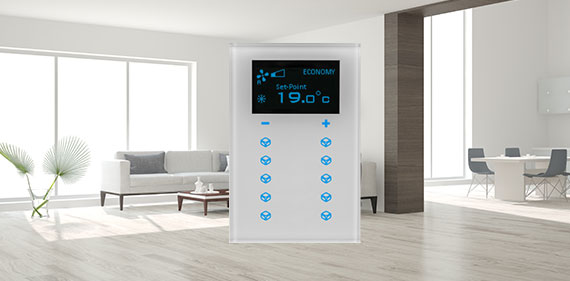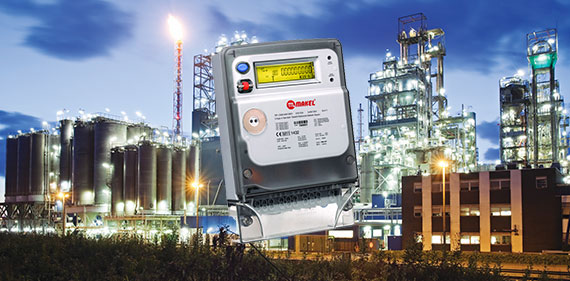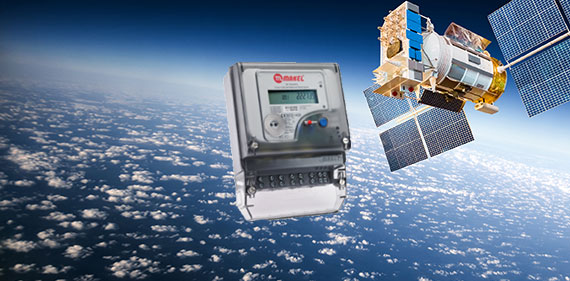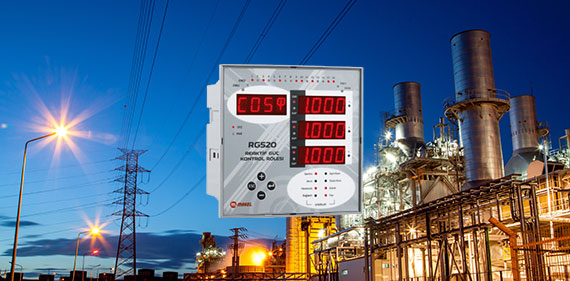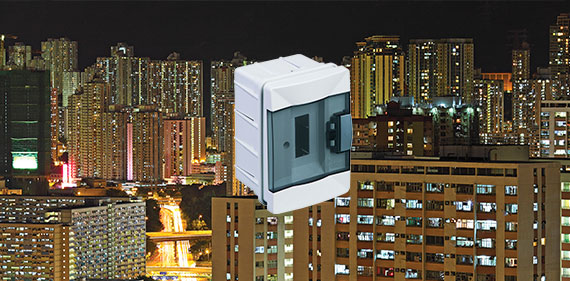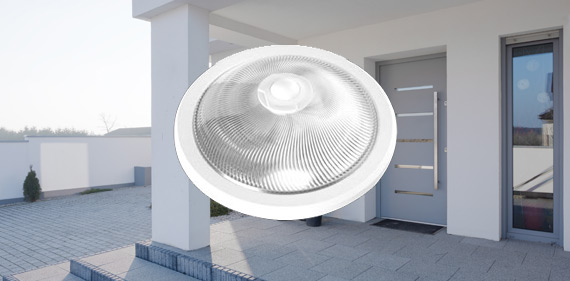

Smart Lighting Scenarios: Energy Savings with Daylight and Motion Sensors
Smart lighting has evolved over the years and is now not only about aesthetic appeal and comfort but also energy efficiency and cost management.
Therefore, both residential and commercial building owners expect nothing from their lighting systems except to illuminate a space only when and where needed.
As we will discuss further, Smart Lighting Scenarios are created using daylight detection and motion sensors to accomplish this task.
What Is Smart Lighting & Why Does It Matter?
Smart lighting is a term describing lighting systems in which light sources are controlled not by conventional switches but rather through sensors, control units, and software. These systems therefore offer more than simply the ability to turn lights on and off - they can adjust light levels based on light levels, motion, and/or time of day.
Simply stated, smart lighting allows us to be more comfortable while wasting less energy. As energy costs continue to rise and consumers are increasingly interested in reducing their carbon footprint, smart lighting has become a leading-edge technology for enhancing the sustainability of homes and businesses.
What Is A Motion Sensor And How Do They Function?
Motion sensors are electrical devices that sense movement within their surrounding environment and take some form of action typically in the form of switching lights on or off. Their primary objective in a lighting context is quite simple: Turn the lights on when people enter and turn them off when they leave.
That simple automation makes a huge difference.
No more leaving lights on in empty rooms and relying on individual's habits for lighting on/off; smart motion sensors allow you to automate the lighting in your space with consistency and efficiency.
Common Types Of Motion Sensors Used In Smart Lighting Systems
There are three common types of motion sensors used in smart lighting systems that address the needs of various users.
-
PIR (Passive Infrared) Motion Sensor
The PIR motion sensor detects the infrared radiation that humans emit. Because it only reacts to warm, moving bodies, PIR sensors avoid false readings from curtains or wind blowing through open windows or doors.
Low-cost, quiet, and reliable - PIR sensors are suitable for all indoor and outdoor lighting applications.
-
Ultrasonic Motion Sensor
The ultrasonic motion sensor sends out high-frequency sound waves and measures the reflections to identify slight movements.
Ultrasonic sensors are best suited for offices, meeting rooms and hallways where precision is important.
-
Microwave Motion Sensor
Like radar, microwave motion sensors send electromagnetic waves and analyze their reflection to recognize motion in its path.
They can recognize motion behind walls or glass and are therefore well-suited for large or outdoor spaces.
-
Using Daylight Sensors With Smart Lighting Systems (DLS/DALI)
Another key part of smart lighting systems are daylight sensors. This device detects how much natural light is present in a room and adjusts artificial lighting according to those levels.
During the course of the day as the light level changes outside, the system will automatically lower or switch off the artificial lighting to optimize both comfort and energy use.
Daylight sensors are being employed in a variety of settings including offices, showrooms, schools and smart city lighting initiatives.
You can also develop "smart lighting scenes" depending on the time of day:
Gradually increasing brightness in the morning,
Minimum artificial lighting during daylight hours,
Automatically turning on in the evening.
In other words, the system is intelligent enough to know what the environment is doing and react to it.
How Smart Lighting Systems Work With IoT
At the core of smart lighting are the principles of the Internet of Things (IoT).
Wireless communication occurs between sensors, bulbs, and controllers through networks such as Wi-Fi, Zigbee, Z-Wave, or KNX.
Users can perform a number of tasks using a connected automation system such as:
Turning lights on/off remotely,
Adjusting brightness or color tone,
Defining automatic schedules,
Monitoring actual energy consumption in real-time.
For example, in an office setting, activating the "work mode" would set the desk lights to 80% brightness while keeping the corridor lights at low brightness.
Similarly, in residential buildings, outdoor lights can be programmed to automatically turn on at sunset and off at sunrise - no switch required, no manual adjustment.
Advantages Of Using Motion & Daylight Sensor-Based Smart Lighting Systems
Systems employing motion and daylight sensors do not just cut energy bills; they improve comfort, security, and sustainability.
Energy Conservation: Artificial lighting operates only when needed, conserves total energy consumption.
Prolonged Lifespan Of Light Sources: By reducing the operational hours of light fixtures, the lifespan of light bulbs is extended, along with the frequency of maintenance.
Switch-Free Use: No need for manual switches - great for maintaining cleanliness in public spaces.
Improved Safety: Automatically activated lights that respond to motion prevent unauthorized access.
Contemporary Appearance: Automated systems contribute to a modern, stylish look in any space.
5 Realistic Strategies To Minimize Energy Use
To achieve maximum energy efficiency, a few adjustments to the installation and use of smart lighting systems can lead to significant savings:
Correct Placement Of Sensors: Place sensors near doors, hallways, and main activity locations.
Sensor Sensitivity Adjustment: Avoid excessive triggering of motion sensors due to animals, curtains, or airflow.
LED Lighting: LEDs function perfectly with sensors and deliver the highest levels of efficiency.
Optimizing Timers: Limit light on duration to 1-3 minutes after motion ceases.
Integration Of Daylight Sensors: Preclude lights from turning on during bright daylight hours.
Key Factors For Selecting Smart Lighting Products
Range Of Detection: Should match the size of the space or area being monitored.
Reaction Time: Lights should instantly turn on when motion is detected.
Rating: Choose an IP rating of 44 or greater for outdoor and humid environments.
Interoperability: Select products that can easily connect with LEDs and KNX infrastructure.
Ease Of Installation: Plug-and-play modular smart lighting systems greatly reduce the time and difficulty associated with installation errors.
Makel’s Smart Lighting System Solution
Makel uses KNX-based automation combined with sensor-driven intelligence to create spaces that are efficient and comfortable.
Based on the information obtained from both motion and daylight sensors, Makel's automated lighting system adjusts the lighting levels in each area of the building to provide the proper level of brightness at the correct times of the day.
In summary, Makel achieves more light with less energy, more control with less effort, and longer-lived systems.
Frequently Asked Questions (FAQ)
1. Do daylight and motion sensors work together?
Yes. Modern systems combine both types of sensors. Therefore, if there is sufficient daylight, the motion sensor will not activate the light.
2. How do I stop the sensor from triggering too many times?
Excessive sensitivity can significantly shorten the lifespan of a lamp. Lowering the detection range and adjusting the timing of the sensor will help to strike a better balance.
3. Can smart lighting systems work without the use of an internet connection?
Some systems (such as KNX) can run on a local network and do not require an active internet connection. However, remote control options require an active internet connection.
4. Are motion-sensing lights safe for outdoor use?
Yes - models rated IP44 or higher are completely weatherproof, protected against moisture, dust and extreme temperatures.
✨ Simply put: Smart lighting is no longer a luxury - it has become a standard for living efficiently.
When light, sensors, and data collaborate, we are creating not only smarter buildings, but smarter ways to live with energy.
So the question is simple: Should lights remain on when no one is in the room?






